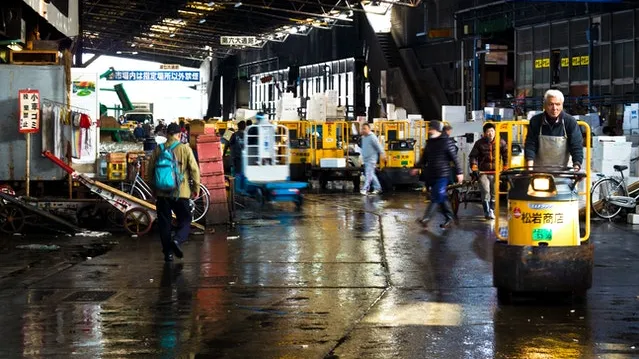
Tokyo industrial vacancy rate hits 8.1% in Q1
The last time vacancy rates were above 8% was in Q1 2016.
According to JLL, the vacancy rate in Greater Tokyo stood at 8.1% in 1Q23, increasing 300 bps q-o-q and 510 bps y-o-y.
Driven by new completions entering the market, the vacancy rate in the Bay area rose to 9.8%, increasing 710 bps q-o-q, while Tokyo Inland’s rose to 7.4%, increasing 120 bps q-o-q.
Here’s more from JLL:
New supply totalled 1,259,000 sqm in 1Q23, increasing total stock by 7% q-o-q and 20% y-o-y. Eleven facilities, including DPL Urayasu 4 (GFA 49,000 sqm) in the Bay area, GLP ALFALINK Nagareyama 5 (GFA 149,000 sqm) and GLP ALFALINK Nagareyama 6 (GFA 62,000 sqm) in the Inland area, entered the market.
Solid demand from 3PLs and manufacturers
Logistics sector economic indicators were strengthened entering 1Q23. In February, the industrial production index increased 4.5% m-o-m, increasing for the first time in two months. The value of exports increased for the 24th consecutive month and the value of imports increased for the 25th consecutive month, reflecting the Japanese yen depreciation and the recovery of the domestic economy.
Net absorption totalled 621,000 sqm in 1Q23, with strong, sustained demand from 3PLs and manufacturers, despite a slowdown from the previous quarter due to large supply.
Average rents grow moderately
Gross rents in Greater Tokyo averaged JPY 4,545 per tsubo per month in 1Q23, increasing 0.1% q-o-q and 1.9% y-o-y. Rents in the Bay area remained flat q-o-q, while decreasing 0.2% q-o-q in the Inland area, reflecting new completions in the Inland area with relatively low rents.
Capital values in Greater Tokyo decreased 0.4% q-o-q and increased 4.2% y-o-y in 1Q23, reflecting moderate rent growth and cap rate compression. A notable sales transaction involved SBS Logicom selling 60% of Yokohama Kanazawa Logistics Center (GFA 54,000 sqm) for an undisclosed price.
Outlook: Capital values to grow, reflecting cap rate compression
According to Oxford Economics, trade-oriented indicators are expected to be uneven in 2023. Industrial production is expected to fall by 0.1%, while exports and imports are likely to rise by 0.8% and 2.5%, respectively. Downside risks include a decline in exports due to the global economic slowdown and concerns about the deterioration of the domestic economy due to rising raw material prices.
Average rents are likely to be on an upward trend, as rising land prices and construction costs pressure landlords to raise rents. This will be somewhat offset by downward pressure from major new completions entering the market. Cap rates are expected to compress further with continued investors’ interest.
Note: Tokyo Logistics & Industrial refers to the Greater Tokyo prime logistics market.



















 Advertise
Advertise




